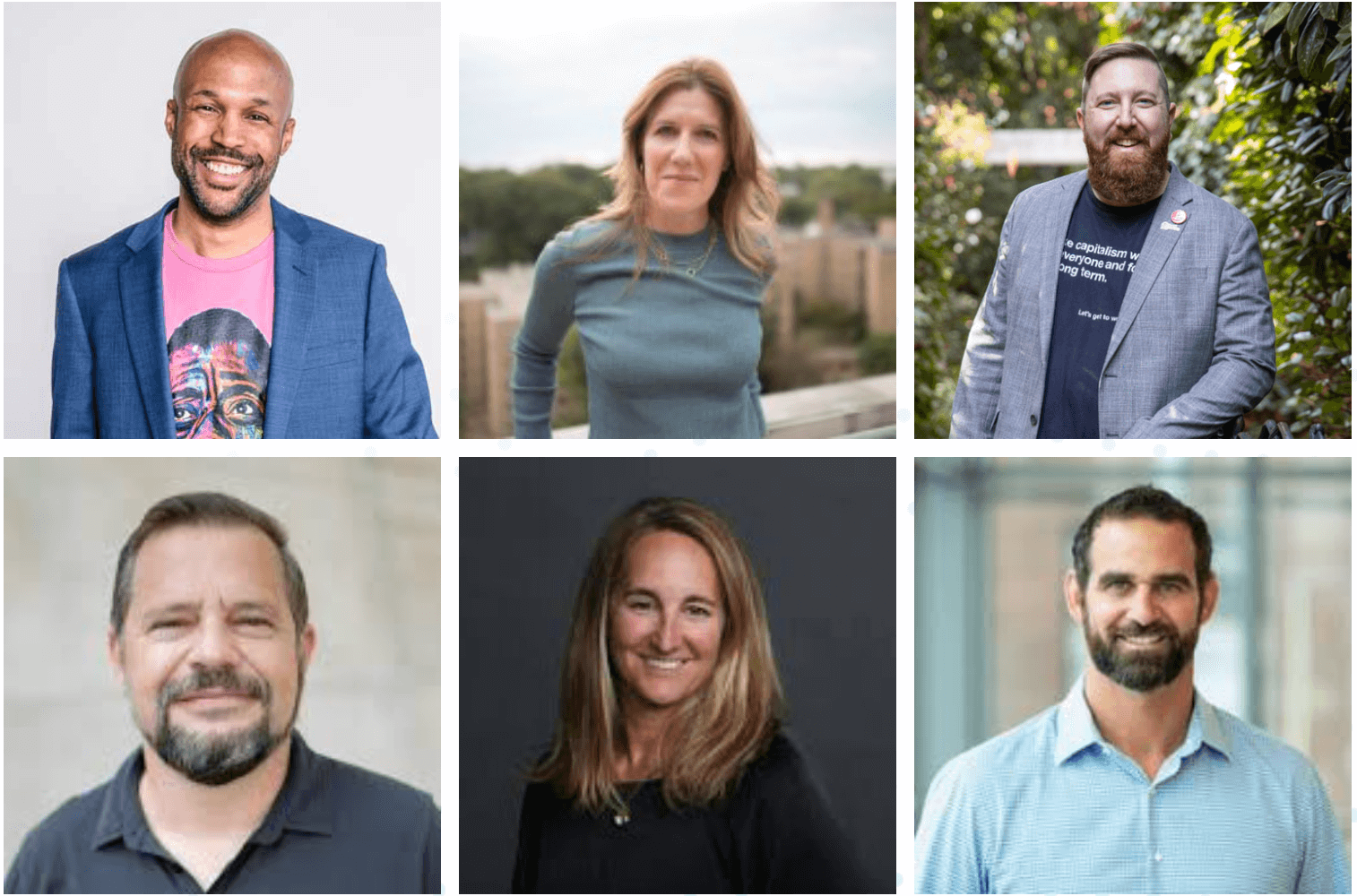ImpactAlpha, Mar. 11 – It’s one thing for a corporation to set environmental or social goals. It’s another to shift executives, employees and supply chains into action.
Take “net zero,” the goal of balancing the carbon a company emits with the carbon it removes from the atmosphere.
“For a company like WalMart, getting to net zero essentially means the whole world has to transition to net zero. I’m not joking,” said Brendan Morrissey, vice president of ESG at Walmart, which has a supply chain of tens of thousands of companies.
“The question is, ‘What role do we play in helping to catalyze the right type of activity and move the ball forward?’”
The bulk of Walmart’s emissions are in the production of the goods it sells and their use by its customers. With Project Gigaton, Walmart has signed up more than 3,000 suppliers to set reduction targets, and offers them low-cost financing to help meet them.
In four years, Walmart has reduced or avoided a half-billion tons of greenhouse gasses – halfway to its goal of a gigaton reduction by 2030.
“That’s not victory,” says Morrissey, “but it’s a great place to be and certainly good momentum.”
On ImpactAlpha’s Agents of Impact Call, Duke University’s Cathy Clark grilled Morrissey, along with Sunya Norman, Salesforce’s VP of ESG, about how the global corporations are moving from talking about environmental and social values to executing on ESG goals on behalf of all stakeholders.
Universal steps
If ESG inside corporations has often meant ticking boxes and producing reports, it “now is much more of a codebook to how you operate in a strategic way within the guidelines of what the planet can handle,” said Clark. Her course, “ESG and impact management for enterprises,” provides a framework.
“It’s pretty easy to count up some things and stick them in a report,” she says. “It’s not easy at all to figure out what the levers are inside your company that you might actually want to push in a different way.”
Clark says leaders inside companies can use four universal steps – set strategy, integrate, optimize and reinforce – to align with emerging standards ESG practice from the United Nations and others.
“What we’re seeing is that people actually don’t always start at the beginning,” says Clark. They may actually start at the end. “They may start with a desire to report and then have to go back and say what can we control inside the company to actually get that outcome to happen?”
Stakeholder engagement
If Walmart’s supply chain was it’s key lever for change, at Salesforce, technology is the accelerator.
For more than two decades Salesforce has used a 1-1-1 model to dedicate 1% of the company’s equity, 1% of its product, and 1% of employee’ time back to the community.
The company has since worked with customers, employees and community activists, as well as investors, to set ESG priorities.
At issue is not only what is material to the company’s business, Norman said on The Call, “but also what they’re observing in terms of the impact we’re having on the environment and society.”
New priorities include environmental sustainability, diversity and inclusion, and ethical use of artificial intelligence, big data and machine learning.
Salesforce last month moved to tie ESG goals to executive compensation, a practice now in place at one in five companies in the S&P 500. “This just adds another layer of accountability that is a really important signal to everyone at the company,” which is now over 75,000 employees, says Norman.
“I think it’s a very quick proxy to show that the say-do ratio and the intentions of the company are in the right place.”











